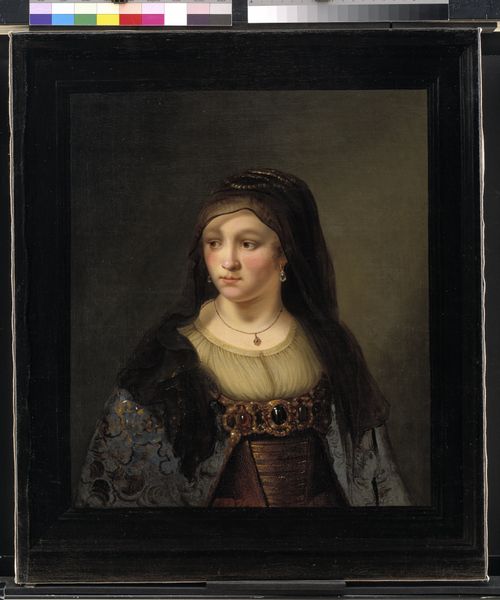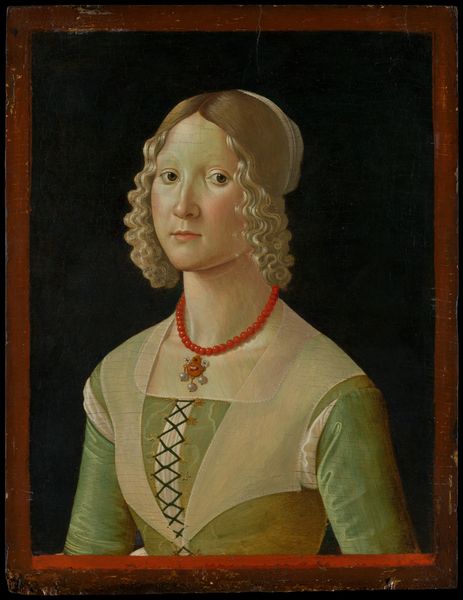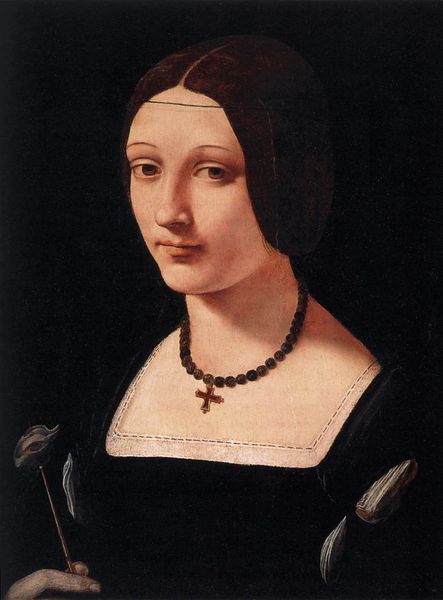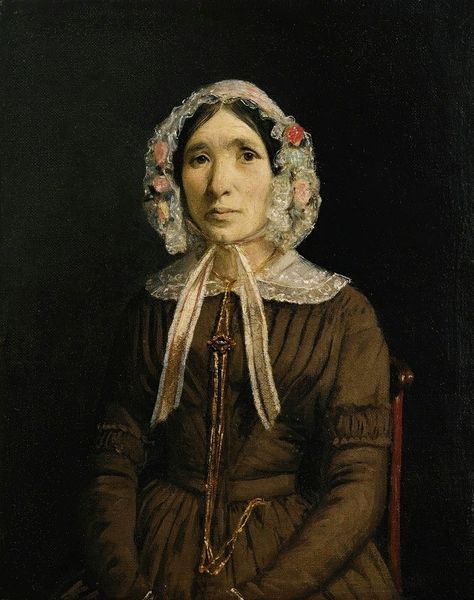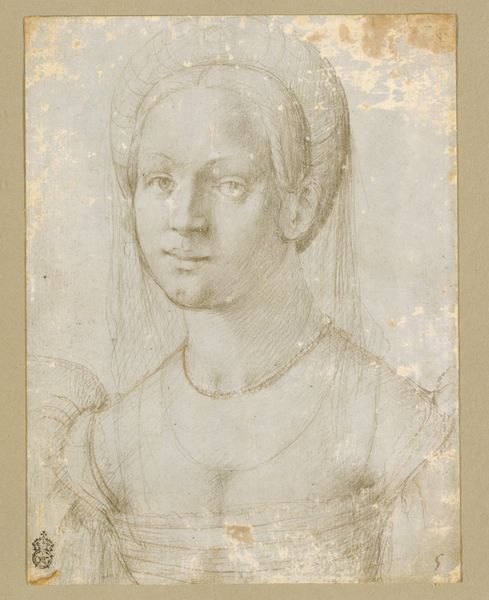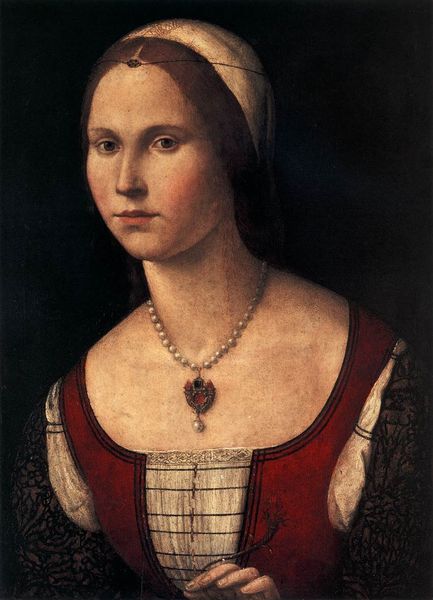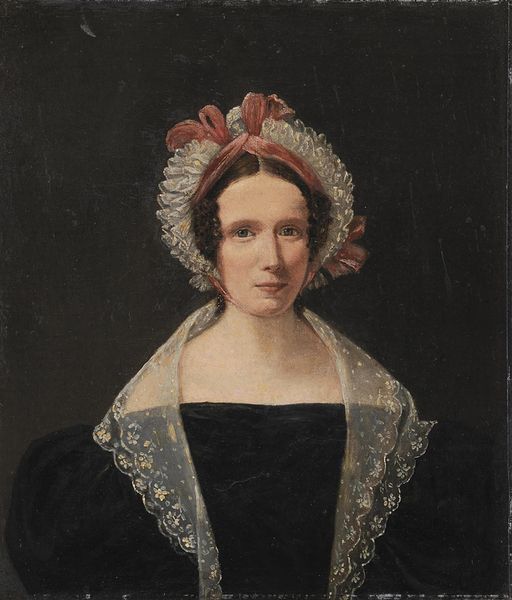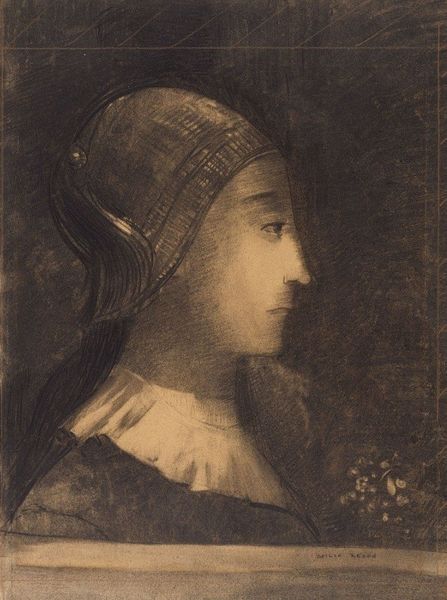
oil-paint
#
portrait
#
oil-paint
#
history-painting
#
italian-renaissance
#
realism
Dimensions: 63 x 45 cm
Copyright: Public domain
Editor: We are looking at Leonardo da Vinci's "Portrait of an Unknown Woman," also known as "La Belle Ferroniere," from around 1490, an oil painting housed in the Louvre. Her direct gaze is quite captivating. What do you make of this work, particularly its place within the social context of its time? Curator: The painting represents a powerful shift in portraiture. Before the Renaissance, portraits of women were often commissioned to celebrate weddings and were primarily symbolic. Da Vinci here elevates the individual. The identity of the sitter remains debated – possibly Lucrezia Crivelli, a mistress of Ludovico Sforza, Duke of Milan. Its presence in the Louvre and prior acquisition into Royal Collections marks an evolution of art as a signifier of both status, and cultural heritage for a nation state, cementing it in the collective consciousness of western culture. Do you notice how her gaze seems to engage the viewer, drawing them into her world? Editor: Yes, the eyes seem to follow you! I see what you mean about elevating the individual, though. Her dress seems quite elaborate. Curator: Indeed, her clothing provides insight. Red dye at the time would have been exceptionally costly, so would have communicated that her patron was very rich. Editor: I’m beginning to understand the power this image had, being acquired by royalty for the museum shows how important this work came to be. Curator: Exactly! The institutional history shapes how we interpret it today. Editor: Thanks, I hadn't considered the social significance of the red dyes at that time. I learned a lot today!
Comments
No comments
Be the first to comment and join the conversation on the ultimate creative platform.



